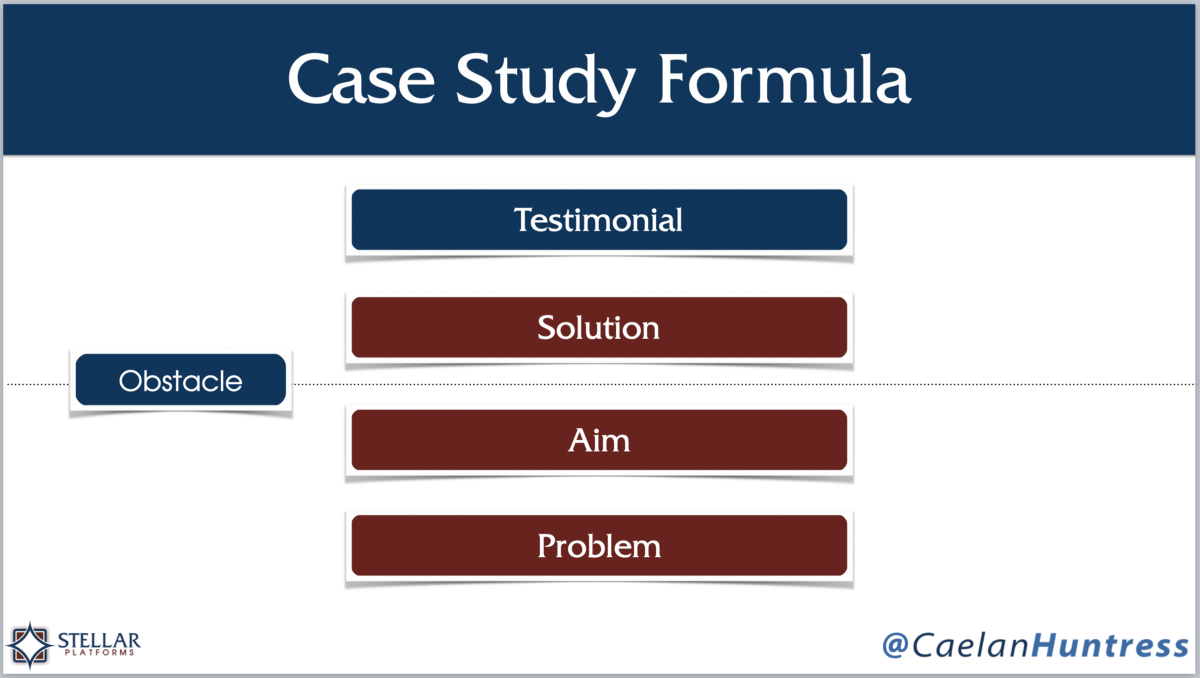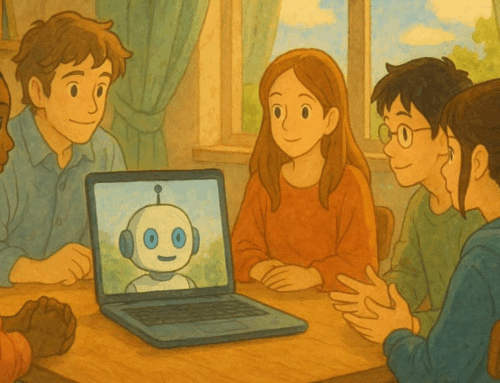When I was waiting tables, I had a mnemonic trick I used to remember everyone’s order without writing anything down: I would imagine their dish on top of their head.
Halfway through a big round table of a dozen people, someone would say, ‘Can you remember all of this, without writing it down?’ and I cheerfully told them that I could remember everything, which earned me lots of tips. I remembered complicated drinks, side orders, and ingredient substitutions by imaging everything that was ordered, floating in the air above the customer’s head.
When I went to put the order in to the kitchen, I would imagine each person in turn, see their face, and recall their order. But with bigger tables, I had to add another mnemonic trick: I would tell a story to progress from place to place, from face to face, and dish to dish.
If you’ve every studied the field of mnemonics, you know how our brains can recall a vast amount of information if we change how it is remembered.
If I gave a group of a dozen people a series of statistics to memorize, maybe half of them could remember half of the numbers.
But if I told a story, most everyone would be able to recall most everything.
This is because stories are compelling, and interesting, and exciting. I could give you a pile of drab data, and assign each number in the data set to a plural noun in a fantastic story, and you would recall the numbers by recalling the story.
Using these same principles, you can create case studies that document your work, empathize with the problems of your customer, and keep your reader engaged.
Case studies use storytelling and statistics to illustrate results.

By creating case studies, you can help your future customers visualize the outcomes they want, and validate your ability to help them achieve it.
I have a simple formula for creating case studies:

Watch this 2.5-minute overview to learn why this works:
Duplicate this Google Doc template to create your own Case Studies:
Scroll through my Case Studies page for inspiration.






Leave A Comment